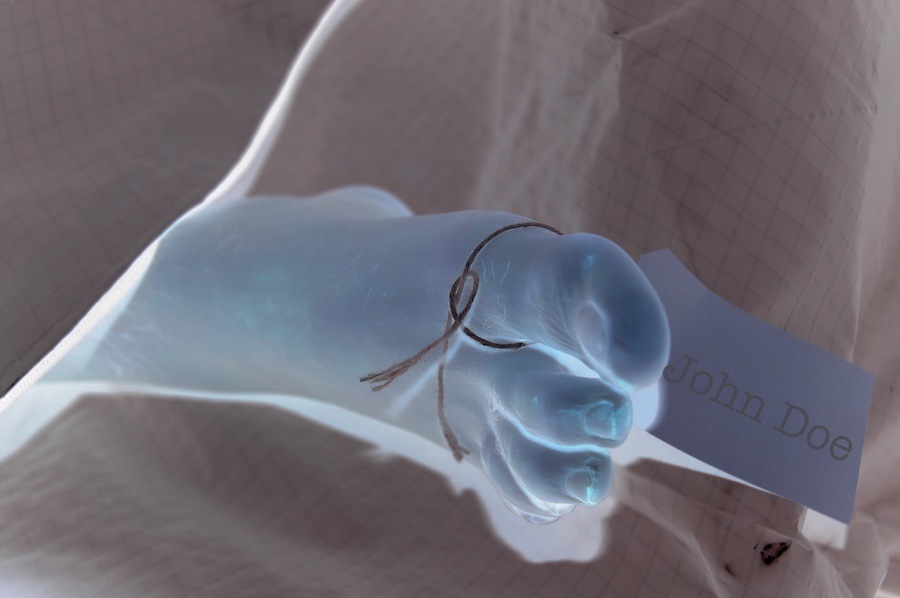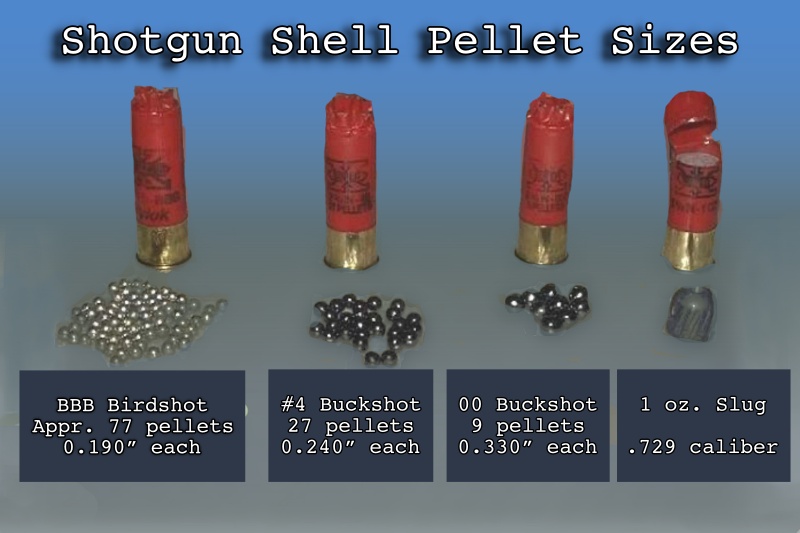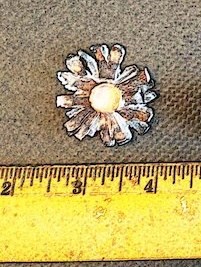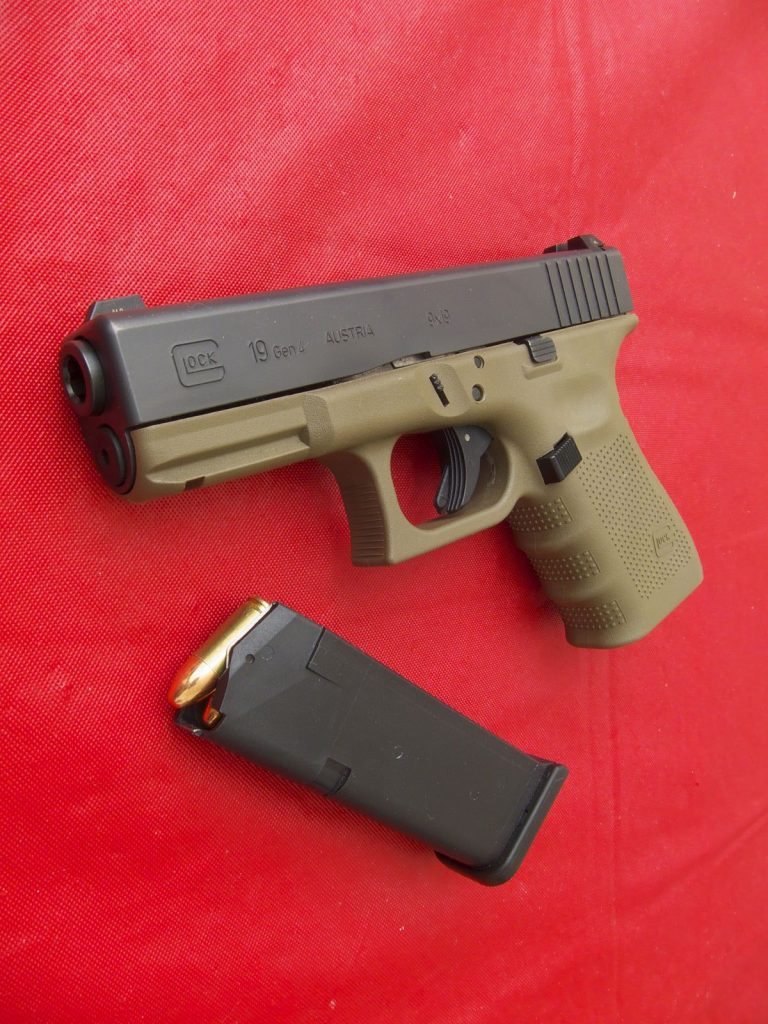Writing a realistic murder scene can and should be a bit difficult for most authors since they haven’t killed anyone, I hope. So, if realism is the goal, as it should be at times, then research is of the utmost importance.
I’m not in any way suggesting that a book should feature the bloodiest murder scene ever written. Instead, I’m merely pointing out things that can and are sometimes a factor in actual cases. So pick what you like and toss the rest. Just please remember that whatever you add to a scene must contribute to the story’s forward motion. If it doesn’t do that, well, the unused bits of information must go back inside your brain for storage until time to write the next book.
To help achieve the desired results, here are a few pointers for making a murder scene ring true. Warning, some of this is not for those of you with a weak of stomach.
Believe me, this is a convoluted post.
Dead People Have a Story to Tell
Relying on the advice of people with experience is a good thing, and this includes research for all areas of cop and forensics information. The best material comes from people who’re in the field. The same is also true for other areas of expertise. For example, should I need information about colonoscopies I turn to medical professionals not police officers. Although, cops do to tend to deal with more than their fair share of “a**holes.”
A dead body is, simply and sadly put, a piece of evidence found at crime scenes. But the body is different than other evidentiary items in that it has a unique story to tell that’s full of intricate details waiting to be discovered.
Solving a homicide case, as I’ve said many times, is like assembling a jigsaw puzzle contained in a box without a picture of the final product on its cover. Inside the plainly-wrapped box are irregularly-shaped pieces, the clues and evidence needed to piece together the identity—the face—of the killer. All the parts are there, scattered about, and it’s a detective’s skills, thought processes, creativity, and experience that brings them all together.
Using Music to Solve a Murder
As a musician who enjoyed music theory classes, studying about how music is made, I sometimes approached evidence in a murder case much like a composer uses chords to enrich and deepen a piece of music.
A chord is two or more notes played simultaneously. Chords are often designed to be played in harmony (a pleasing arrangement of simultaneously played notes). Discord occurs when one or more notes played don’t fit. They’re out of place and their combined sounds are harsh and unpleasant.
When determining which items were essential parts of a case (true and necessary evidence, the chord), I first searched for the note(s) that were out of place—the discord—the pieces that didn’t fit the chord/puzzle. Those out of tune/disharmonious bits and pieces and non-clues were set aside, leaving only the things needed to advance the case. It’a a way to pave the way and avoid the waste of precious time examining things of little or no evidentiary value.
For example, here’s how a C chord looks on paper.
Music scale
As seen in the image below, the C scale starts at C and then progresses through D, E, F, G, A, B, and finally to C at an octave higher than the initial C note.

To make a C major chord the musician simultaneously plays the first, the third, and the fifth note of the scale. In the scale above, the first, third, and fifth note of the C scale are C, E, and G. The result is a chord, a harmonious and pleasing sound to the ear. The remaining notes, if played at the same time, would result in discord, or an unpleasant sound. Although, like bits of evidence that don’t seem to have a role in the beginning stages of a case, it’s possible those off-standard notes (evidence) could play a role down the road.

C major chord
Guitar strings are tuned to individual notes
FYI – The strings on a guitar are tuned to individual notes – first string (the skinniest string that’s located at the bottom) is tuned to an E. The next on the way up toward the largest string is the B string, or second string. The third string is tuned to G. The fourth to D. The fifth to A. And the fattest and heaviest sixth string is also tuned to E.
Playing a C Major Chord on Guitar

Finger positioning for a C major chord.
To play a C major chord on the guitar, use your first finger, the index finger, to press the the second string in the first fret. The second finger (the middle finger) presses the 4th string in the second fret. And the third finger (ring finger) presses the fifth string in the third fret. Strings one and three remain open (not pressed) and are strummed/played along with strings 2, 4, and 5. The sixth string in not played/strummed.
The same is true when searching for items of evidentiary value—the Ds, Fs, and As were placed in the “later” file, were the b-flats as a maybe. As the saying goes, “If the glove doesn’t fit, you must acquit.” Eliminate unnecessary items, but always keep them in mind in case they may somehow fit into the puzzle at a later time. There’s music theory for this scenario, the added B-flat note, but we’ll “tune” it out for now.
My life experiences differ from that of many writers. I’ve seen dead bodies mangled and torn apart by impact with fast-moving moving trains and automobiles. I’ve witnessed gruesome crimes scenes, places where reddish-brown coagulating and crusty blood and splotches of gray brain matter spattered living room walls like macabre floor-to-ceiling abstract artwork.
Some murder scenes are messy. Others are not. Your tales are fictional so you can pick the type of scene that best suits your style and your audience. Gore is not for everyone.
However …
Slip and Slide
When blood and avulsed flesh and bits of brain and entrails first make contact with polished marble, tile, and even hardwood, those surfaces immediately become slimy and slippery like freshly waxed and still-wet floors. As a result, a killer could experience difficulty walking in a normal manner. Their footprints will reflect those awkward steps by the smearing and streaking left behind in the body fluids and other matter.
Bloody drag marks through rapidly coagulating blood are evidence a killer removed a heavy object by pulling it along the floor. The further from the kill site the thinner the trail becomes until it disappears entirely.
Swipes (Wipes) – Caused by a bloody object being wiped across another surface (these stains are the reason from changing the name from bloodspatter to bloodstain).

When striking surfaces at an angle, blood spatter points to the position of both the victim and the murder weapon when the act was committed. Each droplet is practically a flashing neon sigh that says, “OVER THERE!”
Directionality – indicates the direction blood was moving at the time it struck a surface. The shape of the drops are good indicators of direction of travel.

Suicides can be extremely gruesome
I’ve seen suicide victims whose lives ended by shotgun blasts that absolutely disintegrated large portions of their faces and skulls. An eye here or there. Teeth over there. A chunk of bone and hair clinging and hanging to the ceiling by a wet and oozy and drippy stringlike spooze of slimy human something or other.
Suicide scenes are often eerie and depressing for cops. Writing about them could affect someone in the same manner. Use caution when doing so, especially if you’re drawing on real-life experiences about friends and/or loved ones.
Characteristics of a blood drop

- blood drops are formed by gravity
- blood drops cannot break apart unless contacted by an outside force
- larger drops travel further than smaller drops (due to mass, not size)
- blood drops always travel in an arcing path (impact injuries)
- size ranges from a few millimeters to few centimeters
- volume of a drop of blood is in direct proportion to whatever it’s dropping from (ax, stick, arm, leg, etc)
Crime scene investigators typically measure bloodstains that hit surfaces on the way up, not stains made by blood that’s on its way back down. Stains made when traveling upward are much more accurate for use as evidence because gravity is not as much of a factor in the pattern’s formation.
I’ve sat across a table or desk from murderers who told of the fear they experienced both before and after the slashing, cutting, stabbing, hacking, strangling, choking, chopping, bludgeoning, shooting, or beating they’d delivered to their victims. They told of a second of satisfaction they’d felt the moment their knife poked through the skin of their victim, feeling sort of like the popping-through of the clear covering of supermarket-packaged meats.
They explained the wait leading up to the time of the actual act. All the thoughts zipping through their minds. The anger and rage. The deep sadness. The overwhelming “knowing” they were about to kill another human.
Some told of a brief sense of relief after the deed was done. They explained that overall, for a brief split second, the feeling was that of relief, a heavy weight lifted from their shoulders and from deep inside their core.
Others spoke of tremendous remorse and grief, of self-pity and heartache. They worried about family, theirs and the victim’s.
Many were relieved that the killing was all said and done, something that was necessary.
A few simply didn’t care one way or another.
The thought of prison frightens many killers, especially those who’d ended someone’s life during “the heat of the moment,” with no forethought/premeditation.
A handful welcomed the idea of spending a few years in prison, no longer having to worry about the daily grind of day-to-day life and the responsibilities facing them on the outside. Many had served time in the past and knew the ins and outs. Life doesn’t mean much to those folks and it’s obvious. They’re callous and numb to emotion.
Unlike the uncaring murderer, your readers have emotions. It’s your job to stimulate those senses with images painted into the minds of your fans, using words generated from yours.
So make each and every letter count. It’s a responsibility that comes with the territory.
WPA and Graveyard Shift Merch
It’s that time of the year, when we all begin to think of holiday gift-giving. It’s also the time of year when planning for the annual Writers’ Police Academy is well underway and, in fact, is nearing completion for the all new and super exciting 2022 event. Therefore, while you’re in the shopping mood, please consider browsing the WPA’s Zazzle store, where you can find WPA merch as well as items featuring a few of the wacky characters from this blog. Proceeds go toward the funding of the Writers’ Police Academy.
As always, we appreciate your support!
Here’s a sample of the items for offer. And yes, the quirky drawings are my goofy creations.
For more items, please visit the Official WPA Merch page.







 Wad – The wad keeps the shot in place within the shell. In addition, it helps to prevent them from deforming as they pass through the barrel (bore).
Wad – The wad keeps the shot in place within the shell. In addition, it helps to prevent them from deforming as they pass through the barrel (bore).
 The sizes of buckshot range from No. 4, approximately .24 (caliber) to 000 (aka “triple aught), approximately .375 to .380 (caliber)
The sizes of buckshot range from No. 4, approximately .24 (caliber) to 000 (aka “triple aught), approximately .375 to .380 (caliber)




 Prosecutor Binger’s hollow point blunder is the perfect example of someone who hasn’t done their homework before sharing their lack of knowledge with the world.
Prosecutor Binger’s hollow point blunder is the perfect example of someone who hasn’t done their homework before sharing their lack of knowledge with the world.
























 In the picture, she was smiling and obviously happy.
In the picture, she was smiling and obviously happy.








